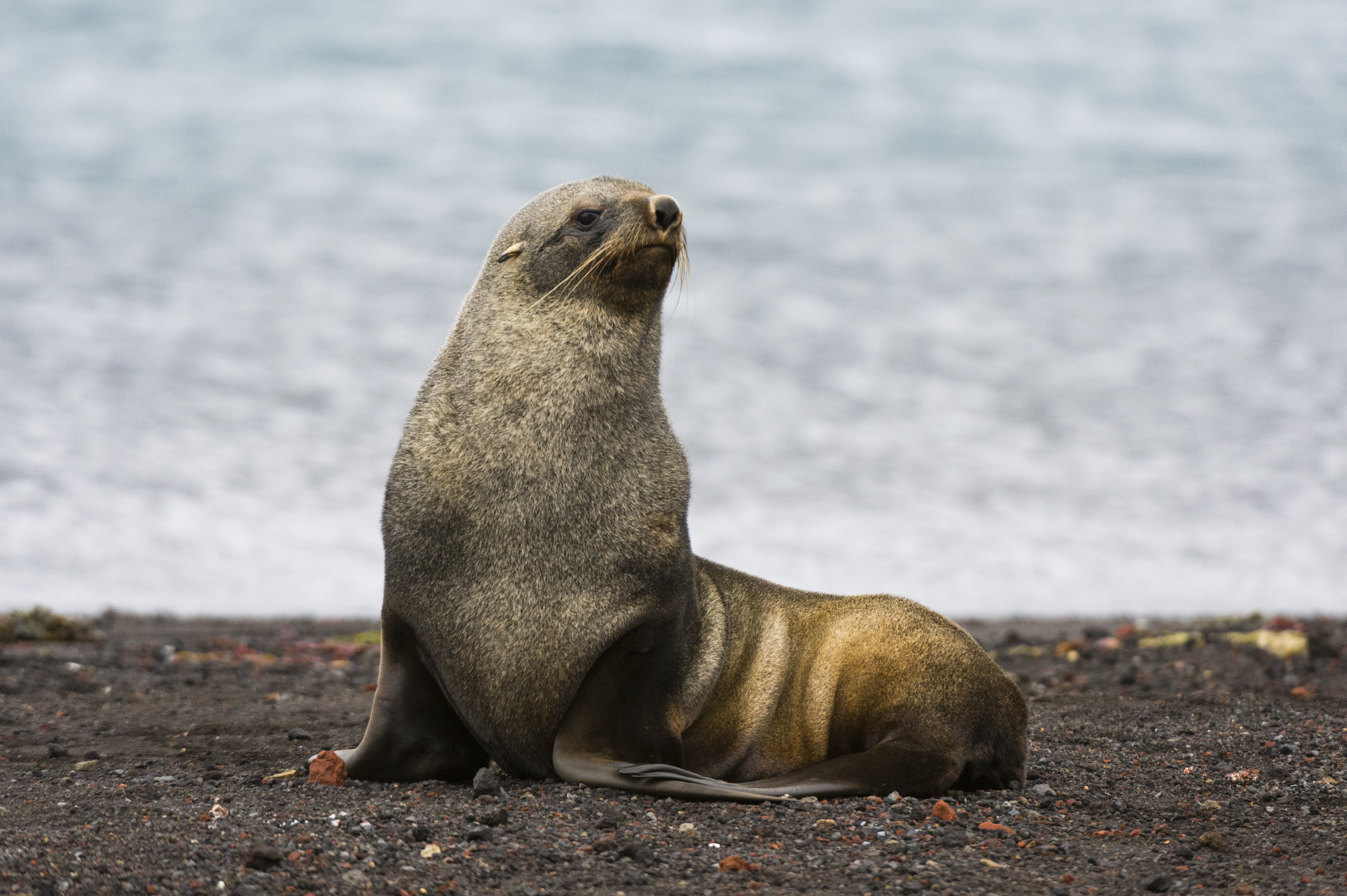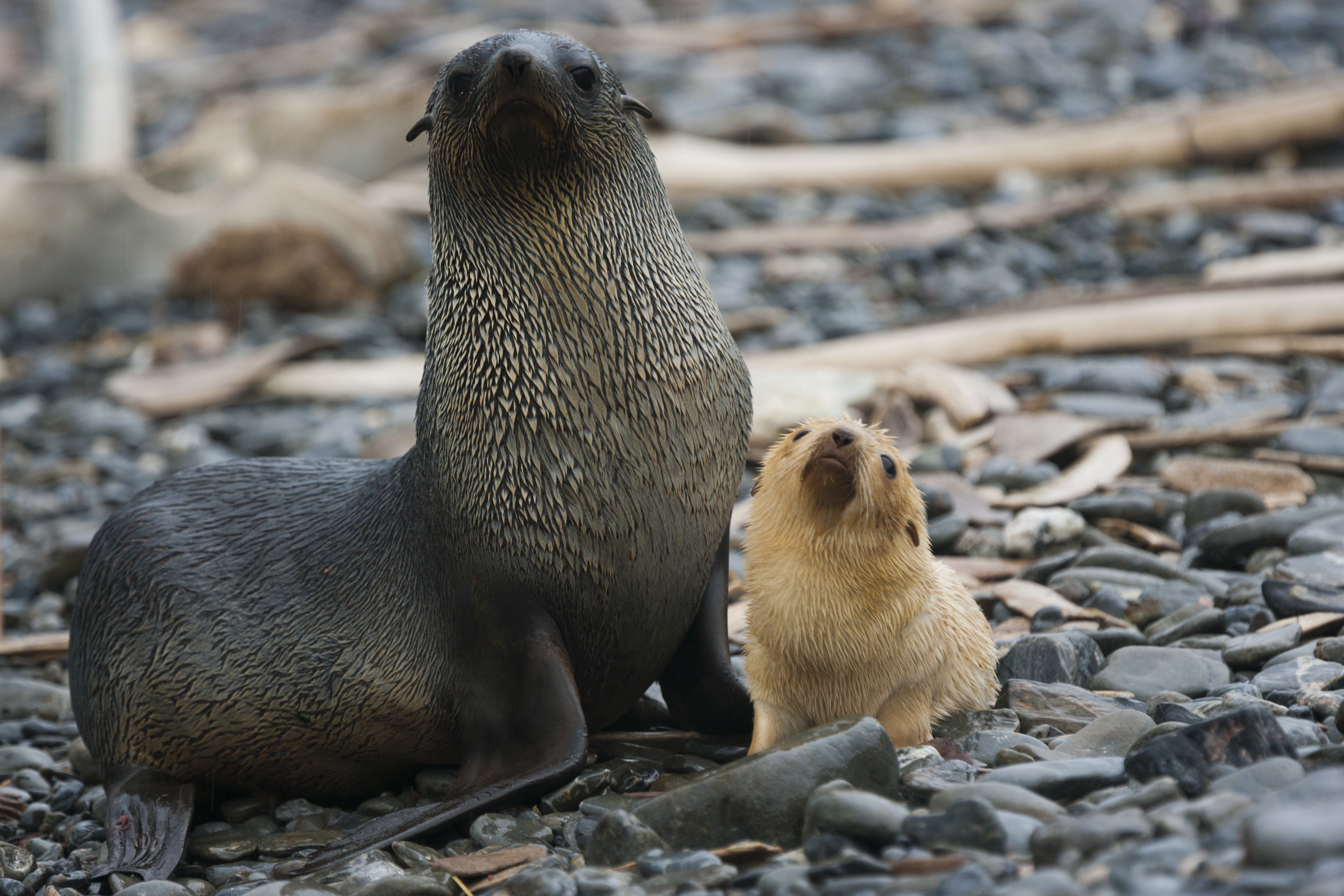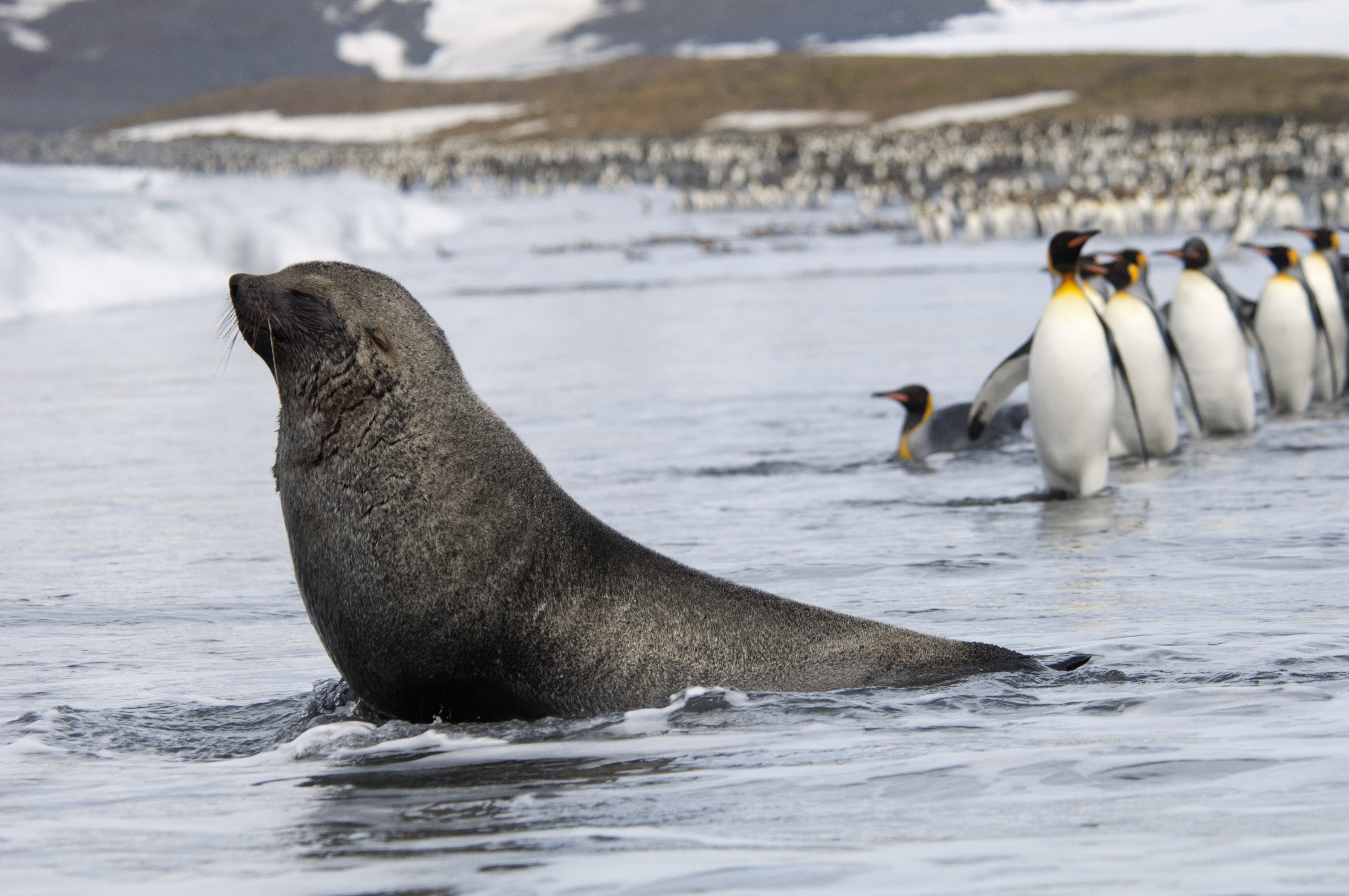How the Antarctic fur seal came back from the brink of extinction
- Nature Conservation
- Land Conservation
- Iconic Species
- Mammals
- Wildlife
- Antarctic Continent & Islands
- Antarctica Realm
One Earth’s “Species of the Week” series highlights an iconic species that represents the unique biogeography of each of the 185 bioregions of the Earth.
Once on the verge of extinction due to relentless hunting, the Antarctic fur seal (Arctocephalus gazella) has staged a triumphant comeback. Today, millions navigate the icy water of the Southern Ocean near the Antarctic Convergence, showcasing remarkable adaptability.
Home on the Subantarctic islands
Contrary to its name, this captivating species predominantly inhabits the Subantarctic islands, where the cold Antarctic waters meet warmer currents. Major populations are located on South Georgia Island, the South Sandwich Islands, the South Shetland Islands, Bouvet Island, and Macquarie Island.
Due to the fact that they spend so much of their time out at sea, there are only rough estimates of the Antarctic fur seal population. The best guesses place the population at somewhere between two to four million.

Antarctic fur seals are the iconic species of the Antarctic Peninsula & Scotia Sea Bioregion (AN2), located in the Antarctic Continent & Islands subrealm.
Notable ears and thick insulating fur
The coat of the Antarctic fur seal is dark brown or gray, with lighter undersides. They have a slender neck and pointed muzzle, with long whiskers.
Adult males can grow over two meters (6.5 ft) in length and weigh up to 133 kilograms (293 lb). Females are slightly smaller, reaching 1.4 meters (4.6 ft) in length with a weight of 34 kilograms (74.9 lb). Their bodies are well-adapted to the cold Antarctic waters, with a thick insulating layer of fur and fat.
Antarctic fur seals are the only “eared seals” living in the Antarctic region, sharing this family distinction with sea lions. Unlike true seals, eared seals are characterized by their visible external ear flaps, long fore flippers, and hind flippers that can rotate forward, enabling them to walk on all fours. This unique adaptation allows Antarctic fur seals to move efficiently on land, a trait that sets them apart from the other five true seal species in the Antarctic.

Antarctic fur seal (Arctocephalus gazella) on Deception Island, Antarctica. Image Credit: Envato.
A diet rich with krill, keeping their ecosystem healthy
Krill, squid, fish, and even penguins form the primary diet of Antarctic fur seals, with krill accounting for a staggering 95% of their consumption. Their yearly intake can reach up to a ton of krill, a testament to their critical role in maintaining the delicate balance of the Southern Ocean ecosystem.
Venturing into the depths, these seals execute foraging dives reaching depths of about 180 meters, with an average duration of four minutes.

Adult female Antarctic fur seal with a white pup at her side on South Georgia Island. Image Credit: Mint_Images, Envato.
Fierce battles for breeding
The breeding season for Antarctic fur seals occurs from October through December when males engage in fierce battles for the right to rule harems, comprising anywhere from 20 to 100 females. The aggressive encounters can be fatal, emphasizing the high stakes in claiming dominance.
Once victorious, males safeguard their harems on land for up to two months without feeding. Females who are already pregnant from the previous season give birth in November or December and mate about a week after delivery. The nurturing period lasts approximately four months, after which the pups embark on a journey at sea until reaching sexual maturity, returning to land to partake in the mating season.
Government action saved the Antarctic fur seal from extinction
In the 19th century, Antarctic fur seals were nearly hunted to extinction by commercial sealing. Their numbers dropped from millions to just a few thousand individuals surviving in South Georgia.
Governments in whose waters the species resides, notably Australia, South Africa, and France, took action in the early 20th century to safeguard the remaining population. The Convention for the Conservation of Antarctic Seals in waters south of 60° S has allowed the Antarctic fur seal to recover substantially across parts of their range.

An Antarctic fur seal hanging out on the seashore with a group of king penguins. Image Credit: Mint_Images, Envato.
Yet, climate change threatens Antarctic biodiversity today
However, Antarctic fur seals face continued threats from entanglement in marine debris like abandoned fishing nets and gear to climate change. Warming waters affect the distribution and abundance of krill, as they are especially sensitive to changing ocean temperatures and acidity.
While the IUCN Red List classifies Antarctic fur seals as Least Concern, protections remain essential for their future. Conservation efforts include monitoring entanglement rates, regional fishery management, and reducing marine pollution.
While Antarctic fur seals emerge as symbols of perseverance and resilience, their fate lies in our hands. Only through ongoing stewardship can these icons of the Southern Ocean continue thriving for generations to come.
Support Nature Conservation

.jpg?auto=compress%2Cformat&h=600&w=600)
.jpg?auto=compress%2Cformat&h=600&w=600)
